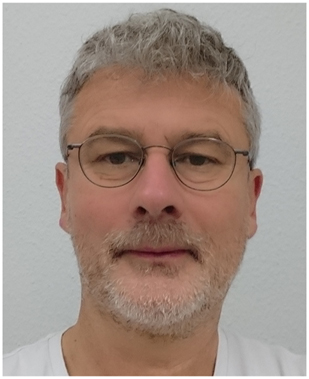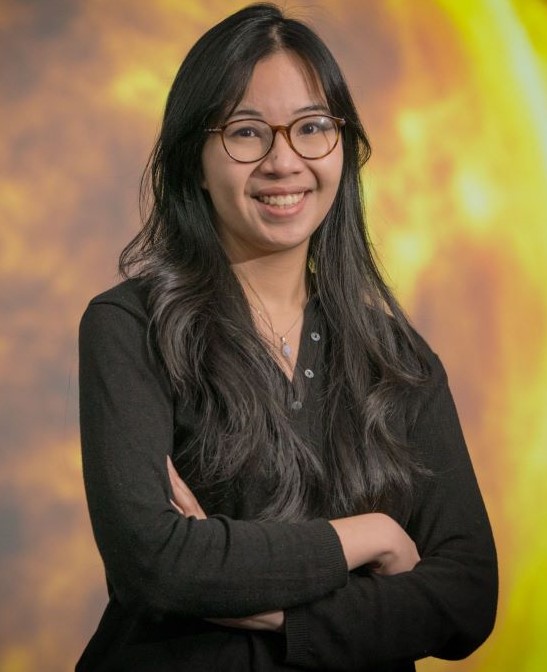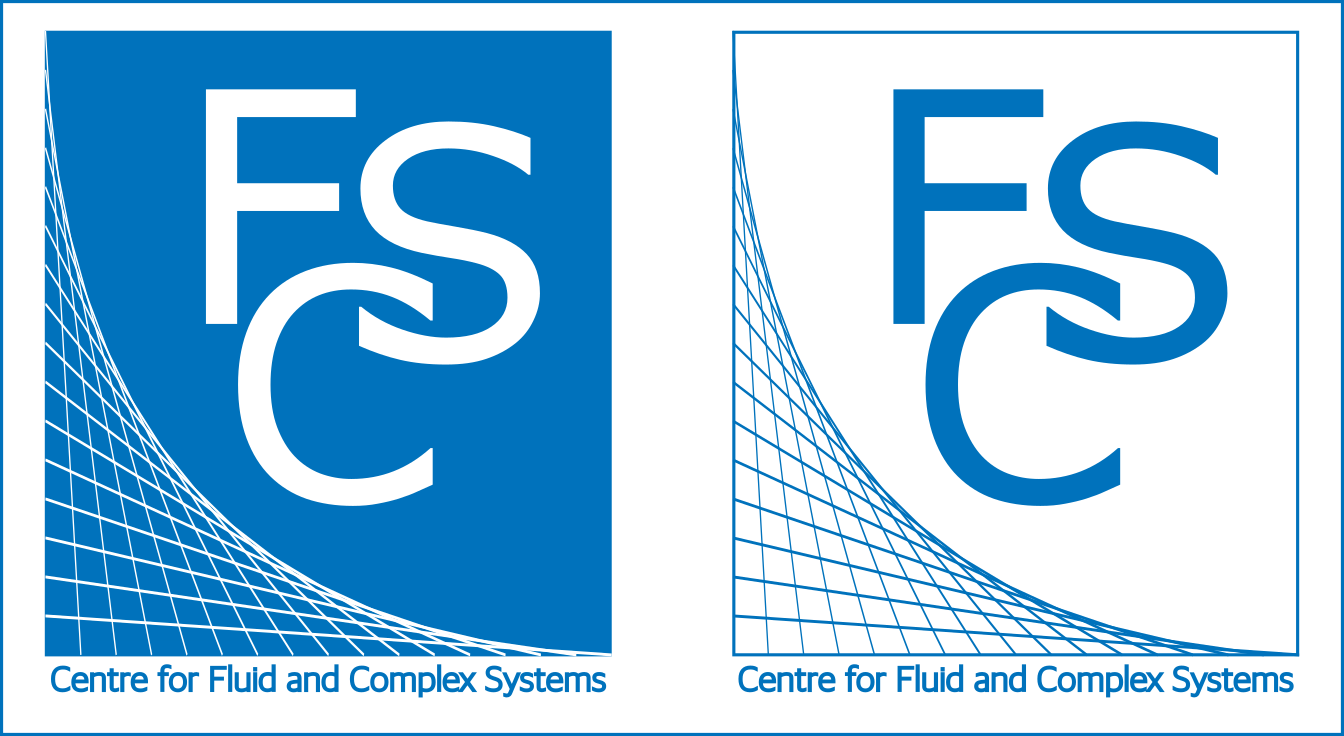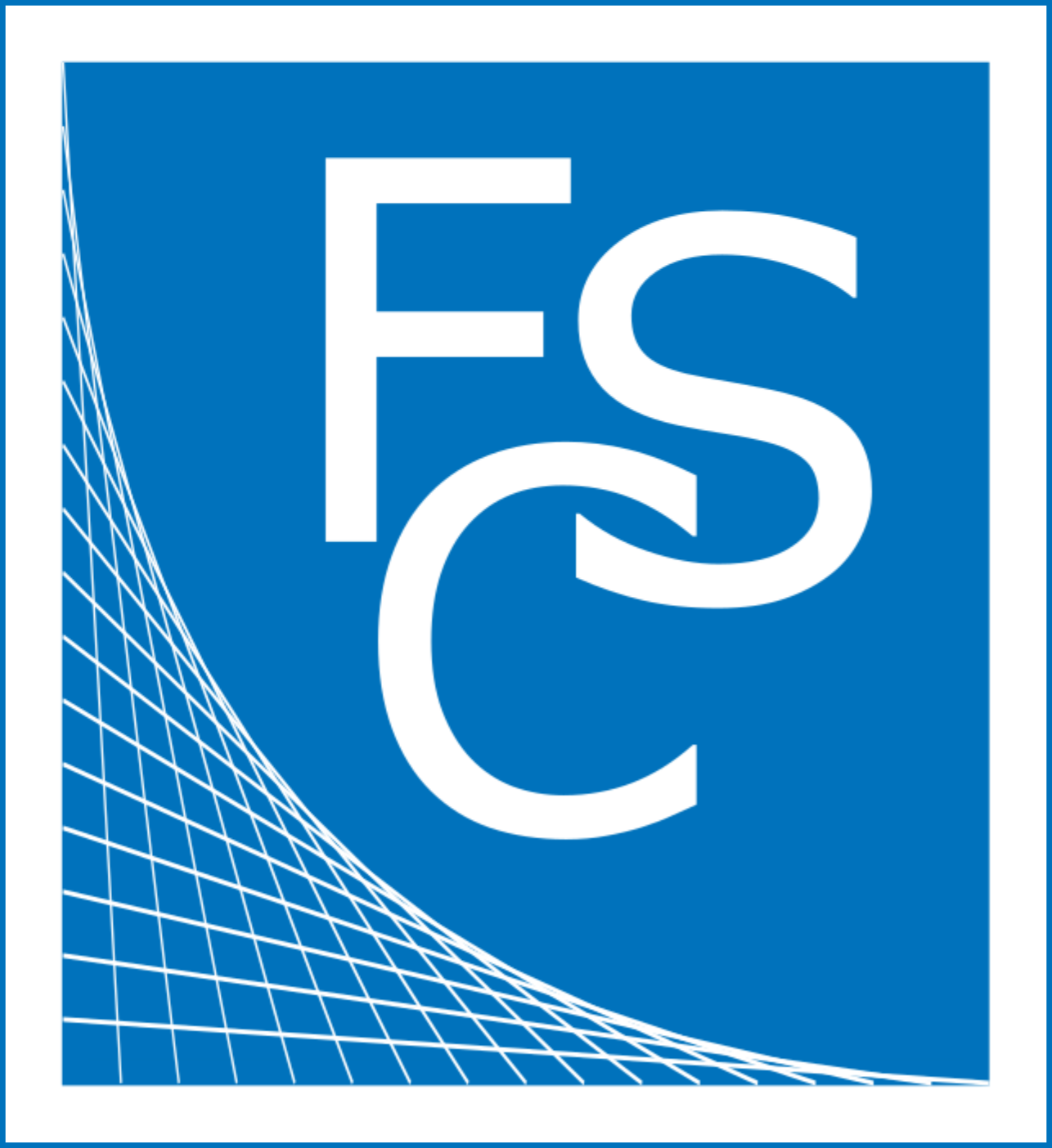Biography
Dr Robert Kingham is a Reader in the Plasma Physics Group, Imperial College London, working on theoretical and computational research projects spanning fusion physics and laser-plasma interactions. Growing up in a sleepy Cotswold town, he sought out adventure in a big city and ended up studying Physics at Imperial College London, followed by a PhD in laser-plasma acceleration there. After a 2 year stint in a high-intensity laser laboratory in the Institute of Optics and Quantum Electronics in Jena (Germany), where he was eventually deemed competent enough to turn off the laser, he returned to Imperial College London for a further postdoc on modelling non-local transport in inertial confinement fusion, securing a faculty position in 2004 and remaining there to this day. The main thread of his research has been kinetic theory and modelling of electron transport including coupling to magnetic-field dynamics. He and his team have developed several kinetic and extended-MHD simulation codes including IMPACT and CTC to study this. Other research interests include non-linear optics of laser propagation in plasma, instabilities and twisted light. As he matured, the countryside started to lure him back and he now lives near Oxford. Since 2016, he has been increasingly working in the field of magnetic confinement fusion, particularly exhaust physics in the open magnetic-field lines outside the fusion core in tokamaks. He is currently a Visiting Fellow at UKAEA and collaborates extensively with the Culham Centre for Fusion Energy.
Extended-MHD phenomena and modelling in high energy density plasmas
Interest in magnetic fields in high energy density (HED) plasmas, particularly those generated by high-power nanosecond-duration lasers, has been increasing over the last decade or so. A prime application is inertial confinement fusion (ICF). These magnetic fields are either externally applied or grow spontaneously via the Biermann battery. Conventional MHD models (ideal, resistive) need to be extended to include the full Braginskii transport prescription in this interesting regime, which the HED/ICF community call extended-MHD [1]. This talk will survey the rich set of phenomena that occur in such "magnetized" HED plasmas due to a close coupling between complex magnetic induction (due to the extended Ohm's law involved) and the magnetization of the electron heat flow. These phenomena include Nernst advection of magnetic field and thermo-magnetic instabilities [2]. The talk will also briefly touch on efforts to incorporate these effects into simulations, the thorny question of kinetic corrections [3], recent experimental work to verify the models [4] and applications of extended-MHD phenomena in ICF [3,5].
[1] C.A. Walsh, et al., “Extended-magnetohydrodynamics in under-dense plasmas”, Phys. Plasmas 27, 022103 (2020) [ DOI: 10.1063/1.5124144 ]
[2] J. Bissell, et al., “Field Compressing Magnetothermal Instability in Laser Plasmas”, Phys. Rev. Lett. 105, 175001 (2010) [ DOI: 10.1103/PhysRevLett.105.175001 ]
[3] D.W. Hill & R.J. Kingham, “Enhancement of pressure perturbations in ablation due to kinetic magnetized transport effects under direct-drive inertial confinement fusion relevant conditions”, Phys. Rev. E 98, 021201(R) (2018) [ DOI: 10.1103/PhysRevE.98.021201 ]
[4] C. Arran, et al., “Measurement of magnetic cavitation driven by heat flow in a plasma”, Phys. Rev. Lett. 131, 015101 (2023) [ DOI: 10.1103/PhysRevLett.131.015101 ]
[5] G. Perez-Callejo, et al., “Cylindrical implosion platform for the study of highly magnetized plasmas at Laser MegaJoule”, Phys. Rev. E 106, 035206 (2022) [ DOI: 10.1103/PhysRevE.106.035206 ]







